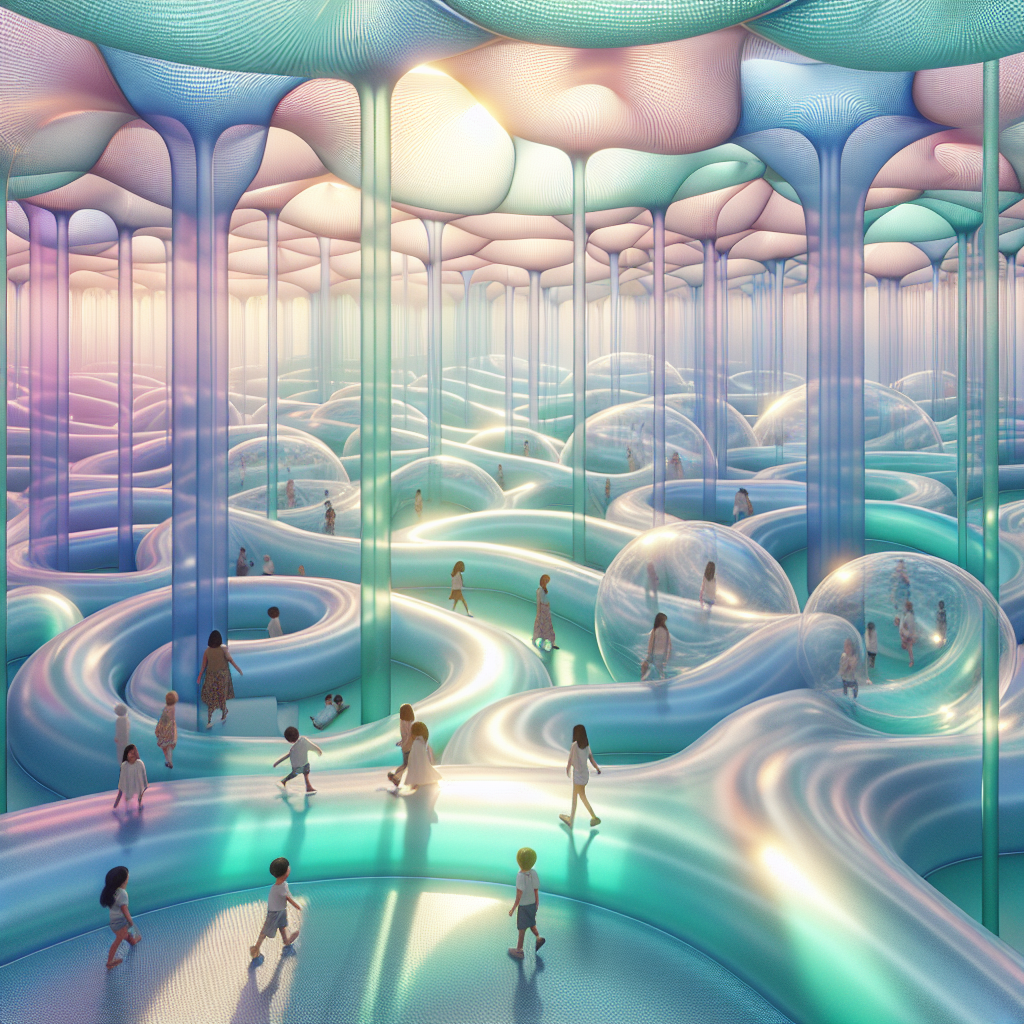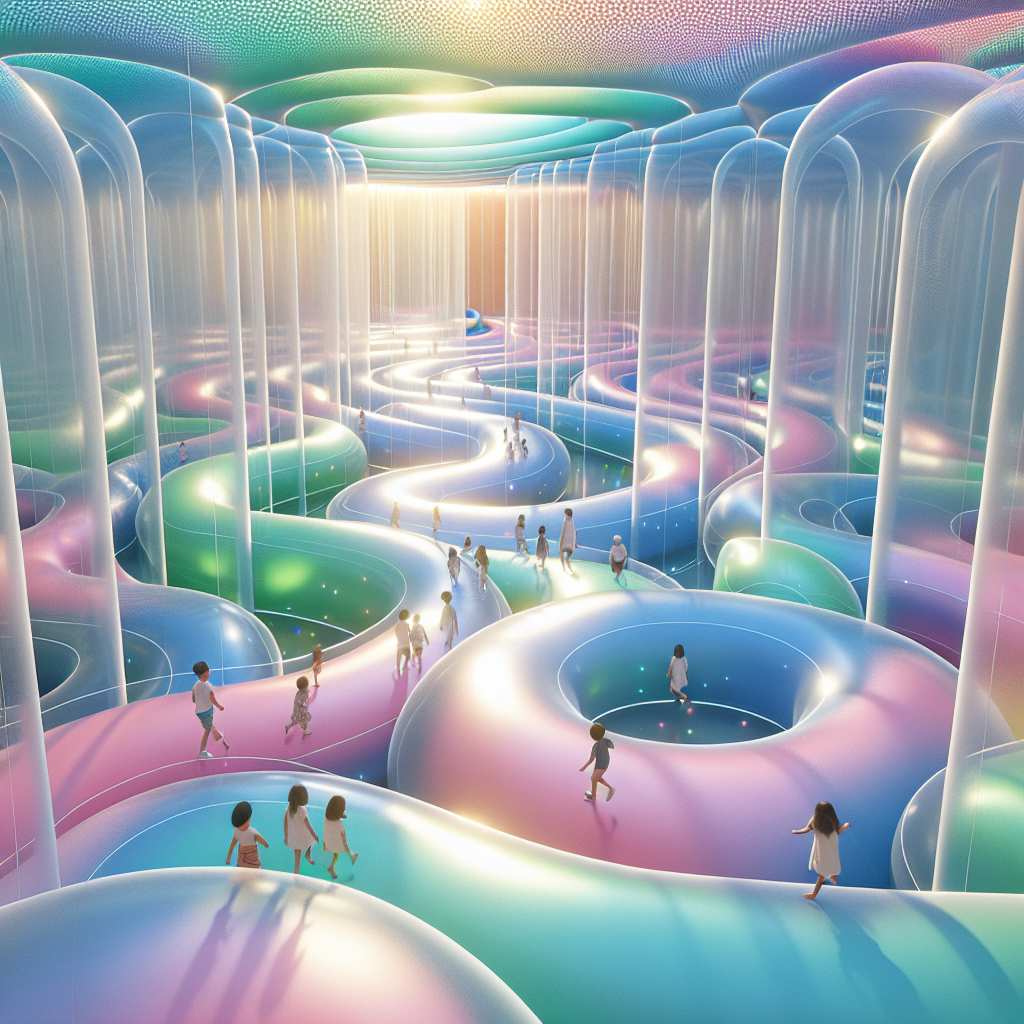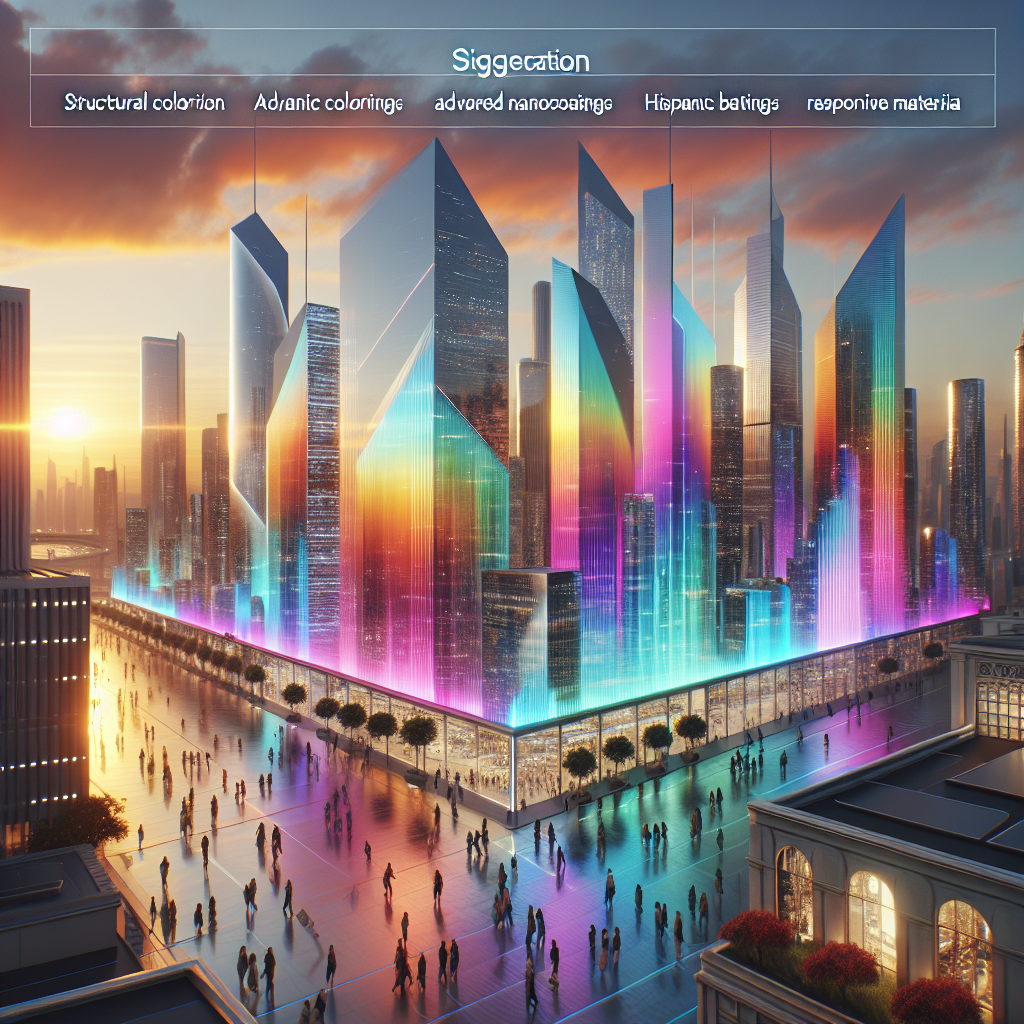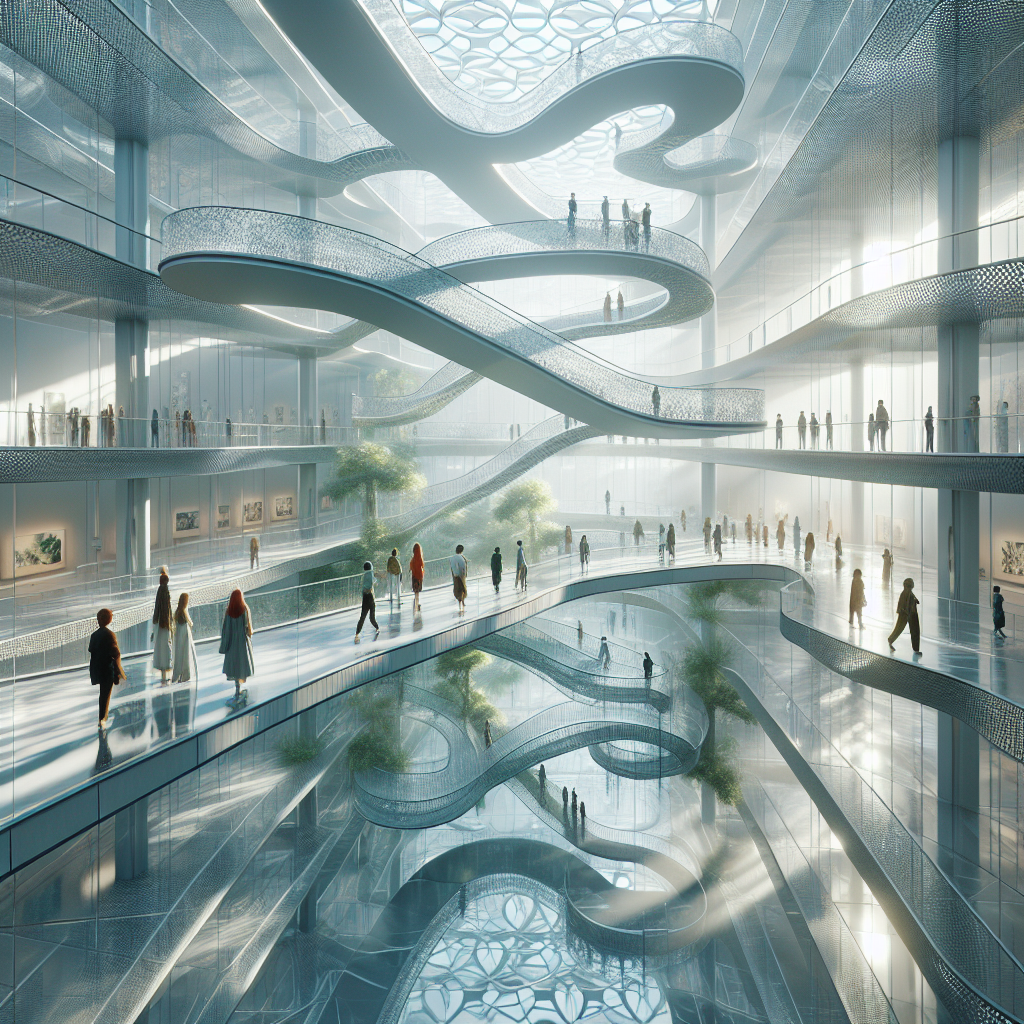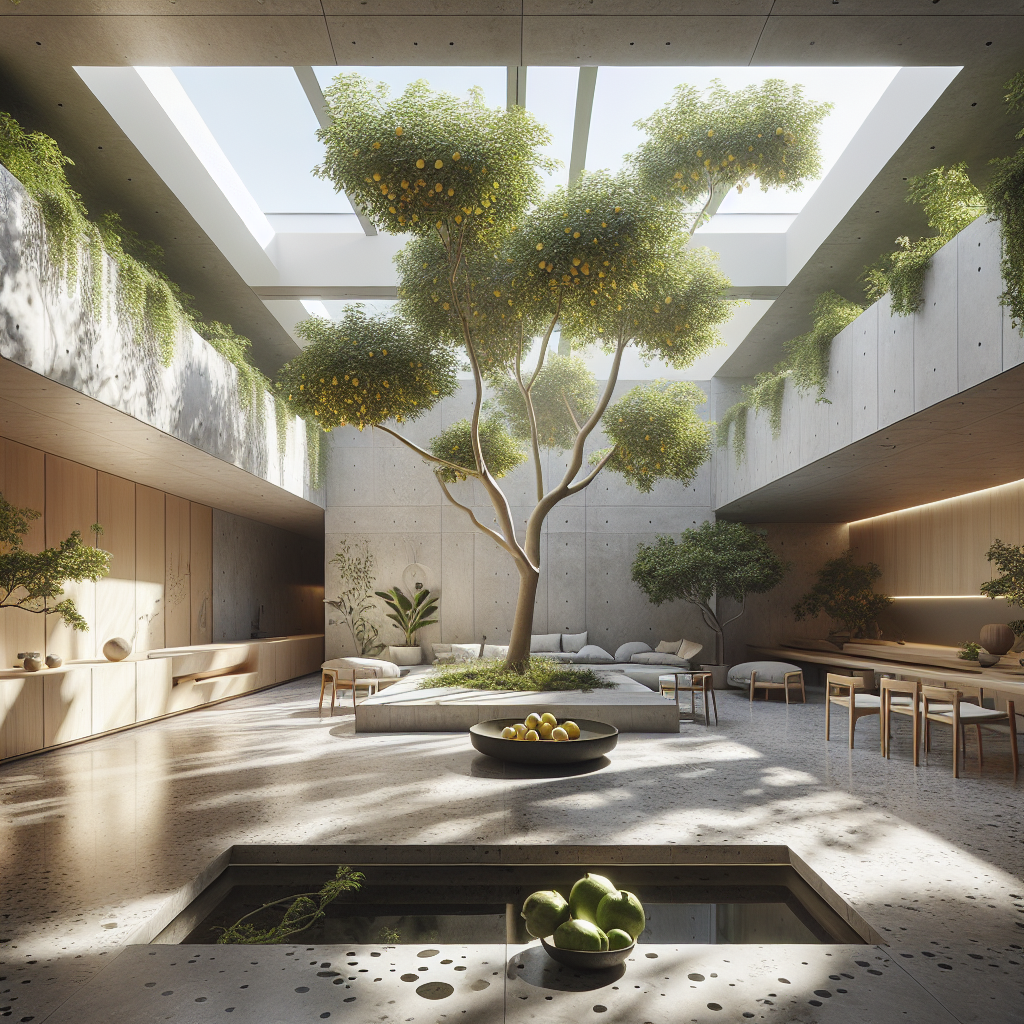Inflatable labyrinths for children’s play: safe, buoyant exploration

Inflatable Labyrinths for Children’s Play: Safe, Buoyant Exploration
Across the evolving landscape of contemporary design, inflatable labyrinths are emerging as a poetic intersection between architecture, play, and safety. These buoyant structures—part sculpture, part playground—are redefining how children interact with space. Designed with fluid geometry and tactile materiality, they invite exploration without risk, offering a new paradigm for safe play environments that merge aesthetics with function. For architects and designers, inflatable labyrinths present a fascinating study in temporality, material innovation, and spatial psychology.
The Architecture of Air: Redefining Play Spaces
Inflatable architecture has long existed on the fringes of design discourse, often relegated to temporary installations or festival pavilions. Yet, in recent years, the discipline has gained renewed attention for its lightweight, modular, and sustainable potential. Inflatable labyrinths for children—complex, maze-like structures composed of interconnected chambers and tunnels—represent the latest evolution of this typology. They are immersive environments where form is literally filled with air, creating a soft architecture that can be both monumental and ephemeral.
Unlike traditional playgrounds dominated by rigid steel and plastic, inflatable labyrinths embody a new design ethos centered on elasticity and adaptability. Their translucent membranes, often crafted from thermoplastic polyurethane (TPU) or reinforced PVC, allow natural light to diffuse through, creating a dreamlike atmosphere of shifting color and shadow. This sensory quality echoes the principles of biophilic design, fostering emotional well-being through gentle tactility and visual calm.
Safety Through Softness: The Science Behind the Design
Safety remains the cornerstone of any children’s environment, and inflatable labyrinths excel in this regard. The very nature of air-supported structures eliminates hard edges and sharp corners, significantly reducing the risk of injury. The surfaces flex and yield to movement, transforming potential collisions into moments of gentle rebound. This quality aligns with contemporary research in playground safety, which emphasizes cushioning and controlled challenge as key factors in healthy child development.
Designers are increasingly integrating smart materials into these installations. Some labyrinths feature embedded pressure sensors that monitor air levels and adjust internal chambers automatically, ensuring consistent stability. Others incorporate antimicrobial coatings or self-healing polymers that extend the lifespan of the material. These innovations position inflatable labyrinths not merely as toys, but as technological playgrounds—responsive, intelligent, and inherently safe.
Spatial Psychology: Navigating Wonder and Discovery
Labyrinths have captivated human imagination for millennia, from the mythic Cretan maze to the meditative patterns of Gothic cathedrals. In the context of children’s play, the labyrinth becomes a metaphor for exploration and self-discovery. The winding passages of an inflatable maze encourage curiosity, spatial awareness, and problem-solving, while the forgiving material environment supports risk-taking without fear.
Designers such as AirClad Studio and Architects of Air have pioneered this approach, crafting vast inflatable worlds that blur the boundary between art installation and playground. Their works—often luminous, kaleidoscopic, and immersive—transform public parks and cultural festivals into spaces of collective wonder. These environments echo the experiential qualities of interactive installations, where the user’s movement becomes part of the architecture itself.
Material Innovation and Sustainability
In an era increasingly defined by environmental consciousness, the sustainability of inflatable architecture is a pressing concern. Fortunately, advances in material science are addressing these challenges. Many contemporary labyrinths employ biodegradable or recyclable membranes, aligning with the broader shift toward biodegradable architecture. Some designs even utilize upcycled materials, such as reclaimed polyester fabrics coated with plant-based resins, to minimize ecological impact.
Inflatable structures also boast a remarkably low carbon footprint during production and transport. Their lightweight nature allows for compact shipping and rapid deployment, reducing both energy consumption and logistical waste. Once deflated, an entire labyrinth can fit into a single truck, ready to be reinstalled in a new location—an elegant solution for temporary urban interventions or mobile educational programs.
Design Language: Color, Light, and Movement
Visually, inflatable labyrinths occupy a unique aesthetic territory between architecture and art. Their curvilinear forms, accentuated by internal lighting systems, create an atmosphere of ethereal suspension. Designers often employ chromatic gradients—from pastel blues to vivid magentas—to evoke emotional responses and guide circulation. When illuminated from within, these spaces resemble glowing organisms, pulsating gently in rhythm with the surrounding environment.
The play of light and translucency recalls the immersive qualities of light art installations, while the tactile surfaces invite touch and interaction. The result is a multisensory experience that engages children on cognitive, emotional, and physical levels. Movement becomes choreography; architecture becomes play.
Case Studies: From Urban Parks to Cultural Festivals
One of the most celebrated examples of inflatable labyrinth design is Architects of Air’s “Luminarium” series, which has toured globally since the 1990s. Each structure, composed of interconnected domes and tunnels, offers a serene yet stimulating environment that encourages both solitary reflection and social play. More recently, smaller-scale labyrinths have appeared in urban contexts—from pop-up parks in Copenhagen to educational installations in Tokyo—demonstrating the typology’s versatility.
In Paris, a collaboration between local designers and child psychologists produced a modular inflatable maze designed specifically for neurodiverse children. The structure features zones of varying sensory intensity, allowing children to regulate their experience autonomously. This approach resonates with the principles explored in inclusive playground design, where accessibility and emotional comfort are integral to spatial planning.
Beyond Play: The Future of Inflatable Architecture
The rise of inflatable labyrinths signals a broader cultural shift toward soft urbanism—a movement that prioritizes flexibility, inclusivity, and environmental sensitivity. These structures challenge the permanence traditionally associated with architecture, suggesting instead a future where buildings can breathe, move, and adapt. As cities grapple with spatial scarcity and climate unpredictability, inflatable systems offer a compelling model for temporary, adaptive infrastructure.
Moreover, the psychological benefits of such environments extend beyond childhood. The sense of buoyancy and impermanence they evoke can serve as a counterpoint to the rigidity of urban life, inviting moments of collective play and relaxation. This aligns with emerging design philosophies that view play not as a frivolous activity, but as a vital component of human well-being—a notion explored in contemporary urban design movements and supported by research in environmental psychology.
Conclusion: Breathing Life into Design
Inflatable labyrinths embody a rare synthesis of imagination, safety, and sustainability. They transform air—a material both invisible and essential—into a medium of architectural expression. For designers and architects, they represent an invitation to rethink permanence, to explore the potential of softness as structure, and to create spaces that nurture curiosity and joy. In a world increasingly defined by digital abstraction, these tactile, luminous environments remind us that design, at its best, is an act of breathing life into space.
As the boundaries between architecture, art, and play continue to blur, inflatable labyrinths stand as buoyant symbols of a new design ethos—one that values safety without rigidity, creativity without chaos, and exploration without fear.
Keywords: inflatable labyrinths, children’s play design, soft architecture, safe playgrounds, inflatable structures, buoyant design, temporary architecture, sustainable materials, interactive environments, urban play spaces.
